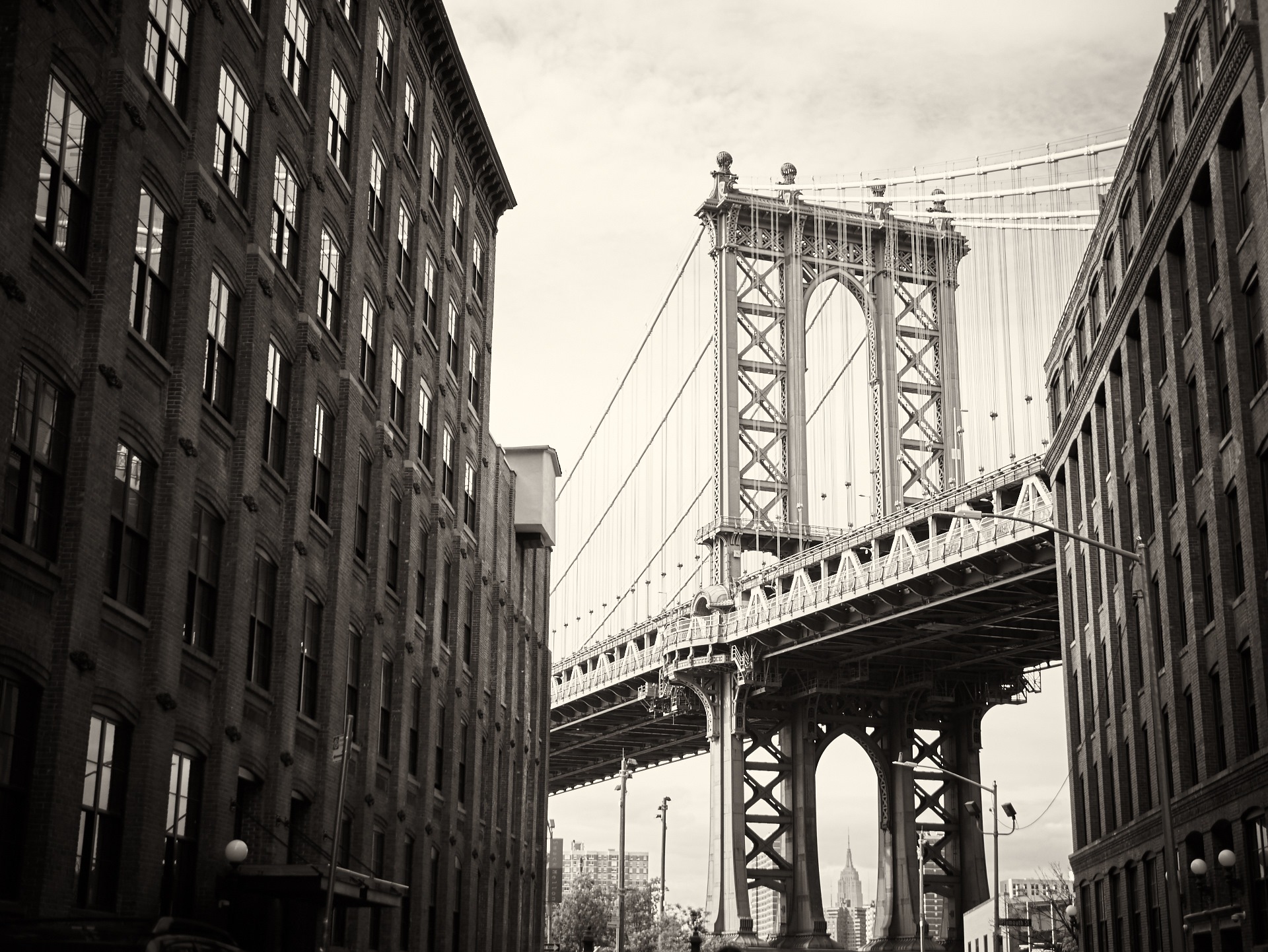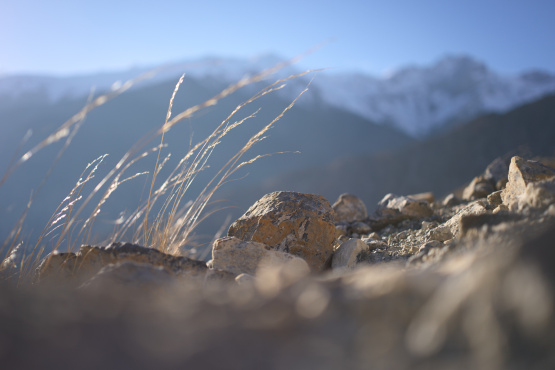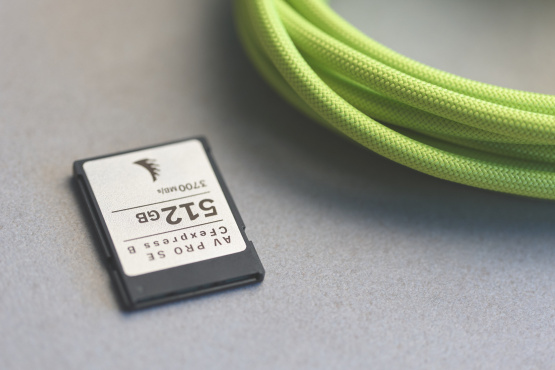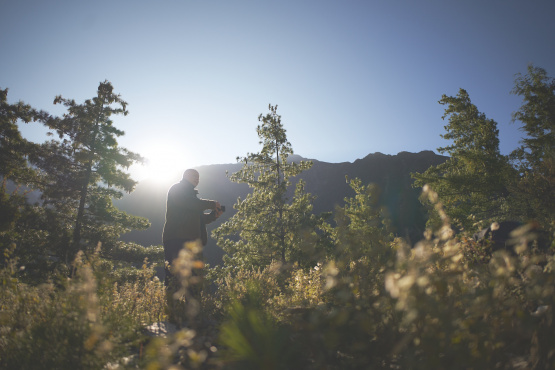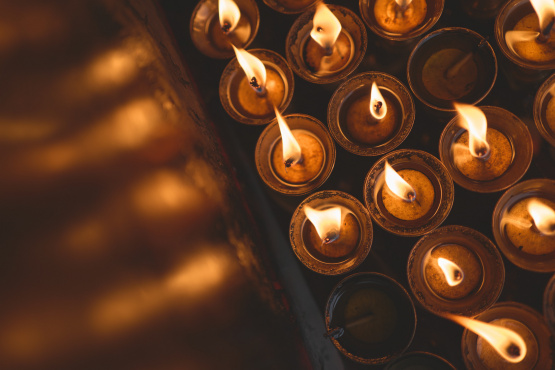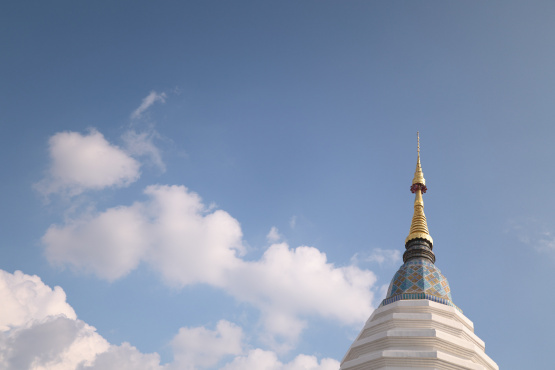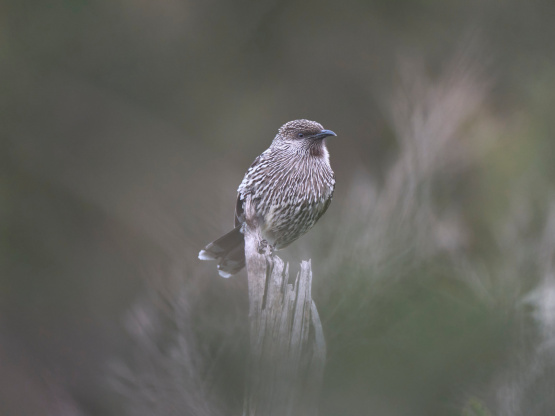What’s missing is *why* you are taking the photo.
Why are you showing me a picture of a girl in Bolivia with half a potato in her hand? Why are you showing me a scratchy B&W rendition of the Manhattan Bridge? Why are you instagramming a blurred aurora from a beach in Tasmania? What is the meaning behind the image that you want to share? What is the message you have for me?
At a big awards event recently I saw a lot of very good images. I saw very little purpose to most of them however. Why do they exist at all?
Some were part of commercial work, images shot to fulfil a client brief or to document a wedding. They exist because they were commissioned. Most came from a less financial imperative, ideally the result of passion, endeavour and art. Little of those qualities came through however, instead a sense of “appealing to the judges” is what dominated the space.
This is the rub when you’re looking at a series of photographs prepared for a competition. They have a tendency to exist because of the competition.
When I look at my own scratchy B&W image of the Manhattan Bridge, hanging on the wall next to my lounge, it reminds me of the time me and my girl visited a few friends and relatives. For ten days we stayed with some lovely people in Manhattan, we got to know their lives a little better and each day we wandered the streets and captured images of NYC. We ate too many donuts and burgers, but did a lot of walking. We had one silly argument which is probably my fault anyway, but otherwise the entire trip was just a blast.
On it’s own, that photograph on the wall has limited meaning. It’s technically very nice and has a degree of artistic intent. I even used a warmer tone of B&W that evokes a sense of sepia without having to be sepia. It’s all smoke and mirrors really. But the thing that makes it meaningful is the story behind it. The context of the photo is part of it’s value. Why was I even there in the first place? Why was I carrying that kind of camera and those particular lenses? Why was I compelled in that moment to pause and start shooting? What was I thinking in that moment, and who did I think would see the photo one day?
This is what is missing when I rummage through images displayed for a competition. Context. Purpose. Intent.
In the editorial world we always have a story behind the image. We go and spend a week somewhere lovely and capture images to match an editorial brief, to tell a story. It is essential to live the experience before creating exposures. I shoot because I have a magazine to send the images back to, with a 1800 word feature to sit alongside the pics. I am driven by the knowledge that I will be sharing those images with an audience, and that my colleague will be sharing his words on the same pages. Together we create something that is greater than the sum of the parts.
And to be honest the editorial focus of my photography is quite rudimentary. It lacks the depth and conviction, for example, of photo journalists reporting in war zones. But I don’t need to go to Iraq to find gold plated examples of context, purpose and intent.
There’s a massive event in Paris every winter called Paris Photo. Photographic work fills the Grand Palais, a massive yet graceful building that is a work of art all its own. This is where photography meets fine art, and the price tags can be as breathtaking as the images. Photography here is held to a standard that few competitions can hope to imagine.
I remember one year seeing some imposing prints by Australian photographer Murray Fredericks, roughly 60 inches wide, that dominated the space with his powerful captures of storms over the dry salt lakes in South Australia. Fredericks has spent years heading out into the salt lakes and immersing himself in that environment. And it shows. The images are powerful and purposeful. They speak of his experience, and the story of his work adds gravitas to the viewing.
I don’t know how his images would be rated in a competition where modest sized prints are judged by a panel of experts. I don’t think it would be fair to view such images on a scale less than the Grand Palais anyway.
If you ever felt that there is something missing from your photography, start by asking yourself “why” you are taking the photo in the first place. If the answer is primarily related to judgement by a panel of strangers than maybe ask yourself if there is something more valuable you can do with your camera.
Because the most important critic of your work should always be you.


Keep Reading
Join Ewen's newsletter for monthly updates on new photography articles and tour offers...Subscribe Here

